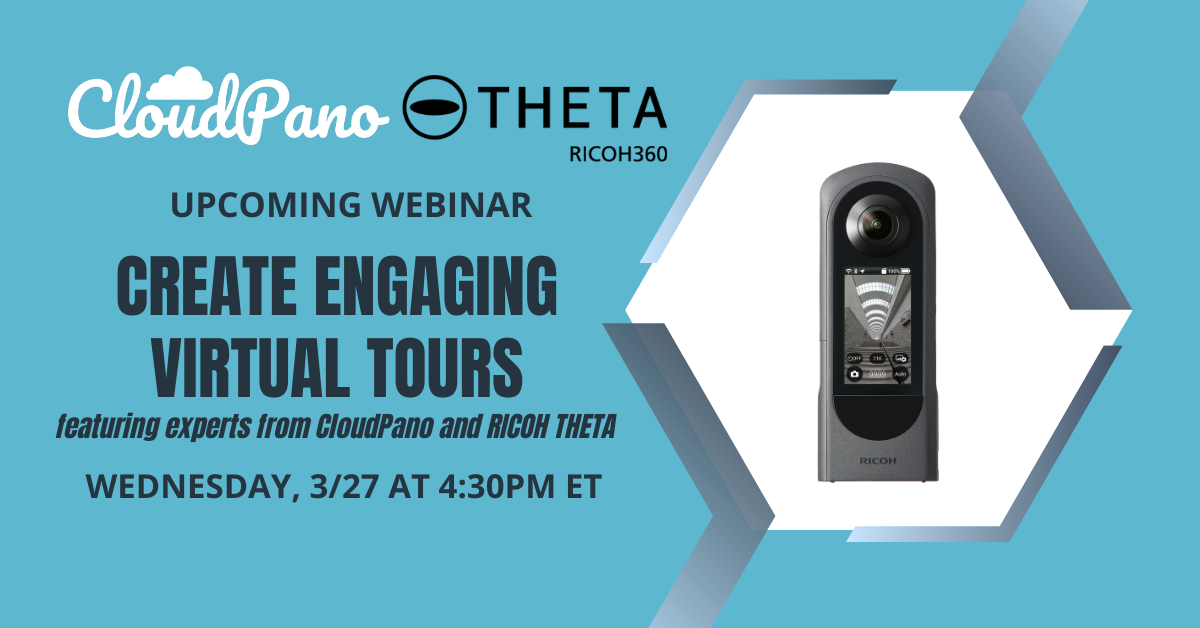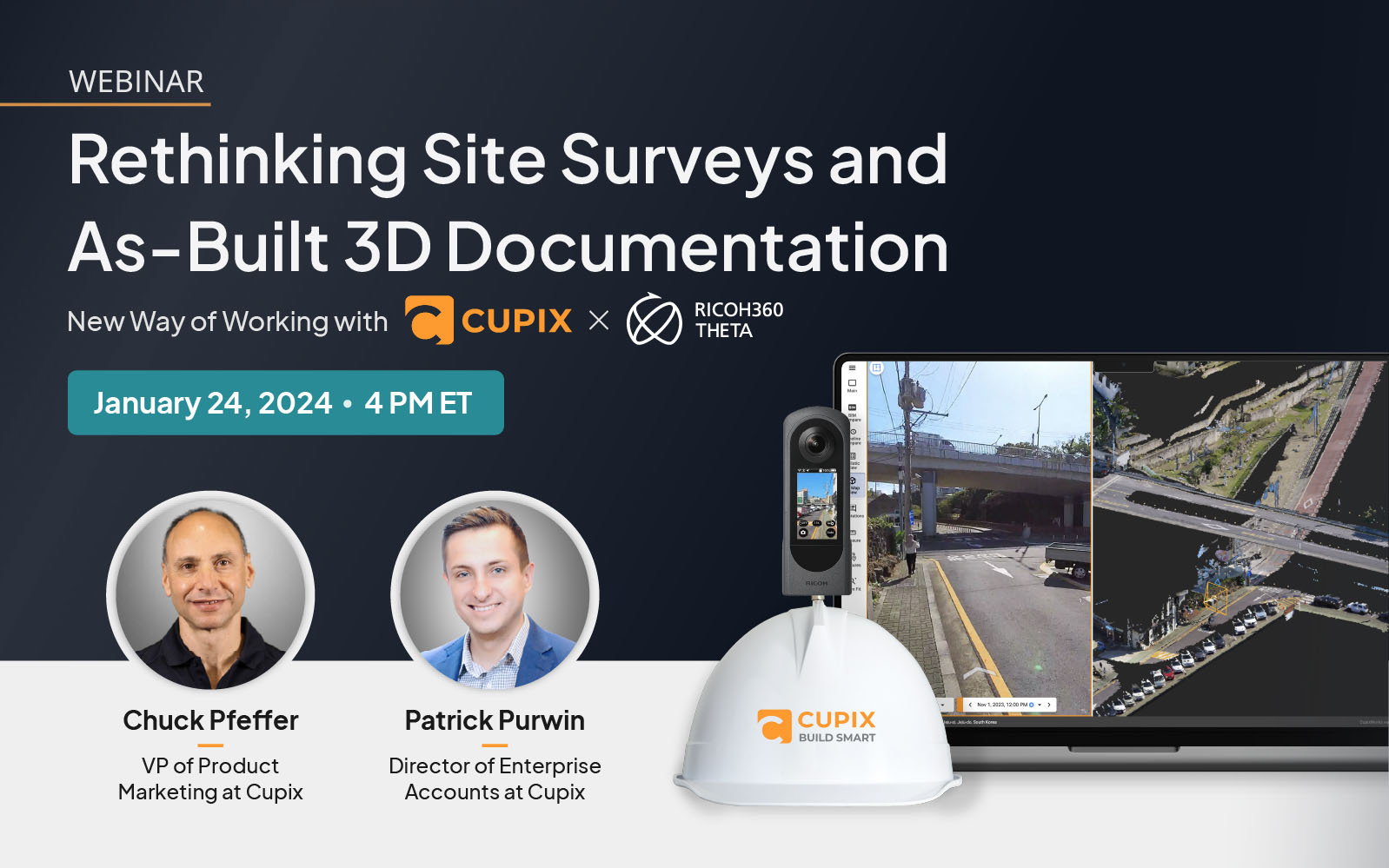We got the chance to interview Ben Couture, Senior Lecturer for the Department of Architecture and Built Environment at Northumbria University in the UK. He and the Interior Architecture team have utilized THETA throughout the global pandemic to educate students, enabling them to experience a building or site visit without physically being there. Read more about his experience with 360-degree photography and how it has been an asset for his teaching.
Thanks for chatting with us! Can you introduce yourself?

My name is Ben Couture and I am a Senior Lecturer for the Department of Architecture and the Built Environment at Northumbria University, Newcastle. I’m based in Northumberland, UK and prior to becoming a full-time lecturer ran my own design business, Jardine Couture Ltd, for 15 years. The company undertook work with national museums and blue chip organizations, as well as a wide range of private commissions.
That’s wonderful! What made you decide to start using 360-degree photography in your work?
At the start of Semester 1 in September 2020, we needed to consider new and innovative ways to allow Interior Architecture students experience building interiors, in place of physical site visits that were not possible due to COVID-19. We made use of 360-degree photography to capture key buildings that were part of the design modules, particularly for final year students, whose major projects are centered around the reuse and adaptation of existing sites.
360-degree photography has been extremely beneficial for various businesses throughout the pandemic. How did you hear about RICOH THETA cameras?
A friend of mine, who works for Autodesk* and loves technology, told me about his RICOH THETA. We were able to borrow his to document the interiors of one of the live project sites. Following the success of this, the University invested in a number of the devices, allowing us to make much wider use of 360-degree photography within the department. Initially we introduced the THETA camera for use within our Architecture department, although colleagues within Built Environment are also making use of this technology – along with researchers within the University.

*Autodesk is a company which offers 3D design, engineering and entertainment software.
Wow! How have you enjoyed using THETA?
We found the THETA cameras very intuitive and easy to use. At times, we only had a short period to access sites, so the ability to capture and document spaces quickly has been transformational. Once the app is downloaded, it is incredibly simple to make full use of the THETA features.
What scenes/scenarios do you find 360-degree cameras useful for?
We find the 360-degree images are extremely well-suited to interior spaces. The three-dimensional nature of building interiors are captured entirely – allowing students to see walls, ceilings, floors, and zoom into details that reveal the condition of the existing building. The interactive nature of this exceeds what can be experienced by photography and even video, which is much less controllable.
This is the ground floor of the project site, 55-57 Westgate Road – a historic city center site and part-time exhibition venue, currently under renovation. Students were asked to develop imaginative and meaningful solutions to create a cultural center and visitor provision through interventional space(s) to re-occupy the building.
That’s excellent! What is your workflow like?
We would normally shoot a couple of rooms, working methodically through a building – as the user would experience it – and occasionally stopping to check on the captures via the iPhone app so that nothing is missing. The only preparation we might do before shooting is to move any obstructions that may hide key features in the space, and check that lighting is adequate.

It is good practice to do a final check of images before leaving the site. We then upload images and share the link to the folders. We typically use Dropbox for the initial management and storage. Then we use Google Photos to host the 360-degree photos, and share the folder link with student groups.
How does THETA benefit your current role?
Use of innovative and accessible technology has huge benefits, both for teaching and research in Higher Education. THETA is a great example of this, allowing us to perform vital functions throughout the pandemic – and is something we will carry forward after.
One of the key features of the Grade II* Listed building, the central stairway contains some rare and elaborate Imperial plasterwork in a Northern version of the Italian style. As part of the design brief, students explored the potential for use of historic narrative as a way of interpreting the building/function, using narrative signposts to design and appreciate the building.
What are a few advantages of 360-degree photography for architects as well as your students?
I would say specifically within the field of Interior Architecture, which focuses on adaptive re-use and building rehabilitation, 360-degree images enable the documentation of physical spaces, the capture of atmospheric conditions, and the ability to share and interact remotely.
For Interior Architecture students, the 360-degree images are initially used for familiarization with an existing building. However, a bonus is being able to use these images to trace and sketch over different ideas and concepts (in the early design stages), allowing students to select the best angle to work from, and to reimagine the environment according to their proposal, via drawing and editing.
< Pencil sketches over 360 photos, Aleksander Roszczyni>

<Observational site sketches, Keith Ewing>

We also could potentially utilize THETA for virtual studio tours, allowing prospective new students to experience our new Architecture Studios designed by Page/Park Architects.
It seems like there are many ways to utilize it! What kind of reactions do your students have?
One of our students Keith Ewing, Year 3 Interior Architecture BA (Hons) student says…
“It was so useful to have 360 degree images of our site this year as it meant I could revisit the site with ease whenever I wanted to, as well as take images from the 360s and use them in my project rendering. An unexpected positive to come from an alternative to visiting the site.”
<Visual over photo by Keith Ewing>



Thank you for taking the time to speak with us! We are so glad that you and your students have found RICOH THETA a beneficial tool for learning more about architectural design and building projects.
For more details, please visit the product page.

Northumbria Interior Architecture on Instagram: @nuinteriorarch
Credits: Ben Couture, Senior Lecturer
Northumbria University, Department Architecture & Built Environment
Design brief text and additional site images credit: Andrea Couture, Program Leader Interior Architecture BA(Hons)




.jpg)


.svg)




